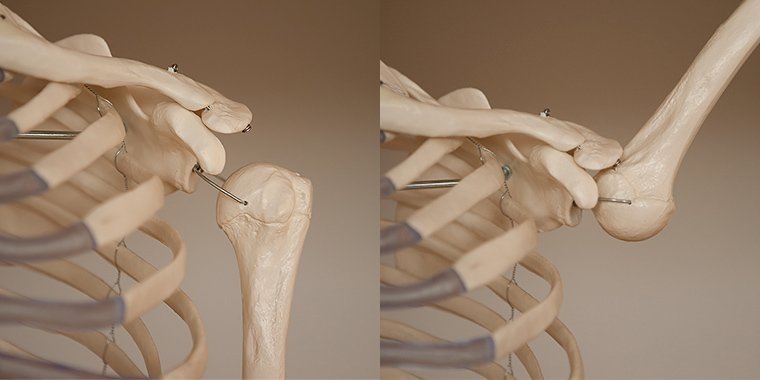Target Areas and Red Flags
We have talked about tension and compression and to expand on that we will talk about our target areas and red flags in your yoga practice
I am always prioritising what students feel in the posture instead of how they look like.
It is because I know that they are safe and the asana is doing what it should do, strengthen or stretch. I find it easier to understand theories via examples.
The easiest example is sleeping swan:
Your target area is/are the GLUTES,
Red flags : Knee pain, ankle pain(not so severe)
To find the glute stretch we all have to position ourselves a bit differently.
First of all not everyone have both their sit bones on the ground - use a block.
Some people have their knee under their armpit / outside of the ribcage / far out to the side, but ideally no one has their knee closer to their opposite shoulder.
Some people have their shin parallel to the top of the mat, BUT that is very rare, most of us have it in an angle to the top of the mat whether it is big or small.
Until you can feel the stretching pain in your glute or lower back( as the back body is connected) You are in the right posture.
Target area is the place where you SHOULD FEEL the stretching/strengthening pain.
Remember it might not be only ONE area, but it might be a whole a region.
For example stretching glutes/hamstrings you might feel it in your back as the Fascia will be pulled too (Fascia- connective tissue, that surrounds and holds every organ, blood vessel, bone, nerve fiber and muscle in place.)
Therefor tightness in the hamstrings can project up to your back.
( I tried to post a picture of fascia here but there are a few quite gruesome photos online, so I had to close my google search :') )
Red flags are important to know about.
If you noticed some pain or dull ache at places(mainly joints) and you have been ignoring it or you thought you can push through it.
It is time to remind you again. Please DON'T !
The body is trying to communicate to you that it is in discomfort so don't push or use force or you will cause injury(even if it won't be instant it will occur over time)
Go back and read the Tension and compression article as it will make you understand where is that dull pain coming from. Hence why I posted the photo of the shoulder above. When the arm is raised it will hit different compression points.
To help you understand it more we will explore categories of postures so you can understand it better.
Ask me anything:) or book a consultation to practice yoga privately in London or online, to learn more about your body and how to adjust your practice.
Jai, Melinda

